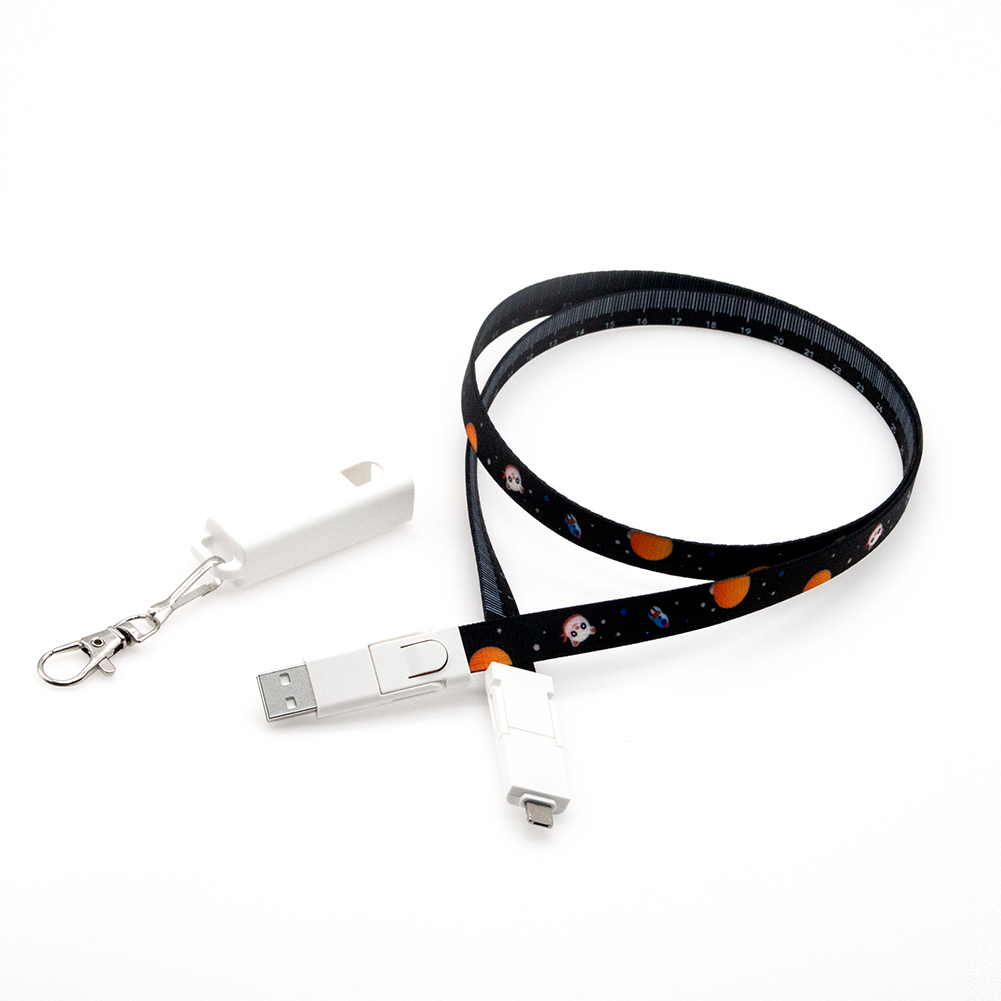In today’s tech-driven world, USB charging cables are the lifelines of our devices, ensuring they stay powered up and connected to the digital realm. However, with a myriad of options available, navigating the landscape of USB cables can be overwhelming. Fear not, for we’ve crafted the ultimate guide to USB charging cables, equipping you with the knowledge you need to make informed choices.
Understanding the Basics
USB (Universal Serial Bus) cables serve as the conduits for transferring power and data between devices. They come in various shapes, sizes, and configurations, each designed for specific purposes.
- USB-A: This is just we called “USB”. This familiar rectangular connector is commonly found on computers, chargers, and power banks. It’s compatible with a wide range of devices, making it a staple in the tech world.
- USB-B: Often used for connecting peripherals like printers and scanners to computers, USB-B cables feature a square-shaped connector with beveled edges. Just check your printer, then you know it.
- Micro-USB: Once ubiquitous for smartphones and other portable devices, the micro-USB connector boasts a small, rectangular shape with a tapered end. While still in use, it’s gradually being replaced by newer standards. It is mostly used for Android phones in last days and now.
- USB-C: Emerging as the new standard, USB-C cables offer reversible connectors and faster charging speeds. They’re increasingly found on smartphones, laptops, and other modern devices, promising greater convenience and efficiency. It appears on newly mobile phones and charging cables.
Choosing the Right Cable
When selecting a USB charging cable, several factors come into play:
- Compatibility: Ensure the cable is compatible with your device’s port. USB-A to USB-A, USB-A to USB-C, and USB-C to USB-C are common configurations, but it’s essential to check compatibility to avoid issues.
- Charging Speed: Different cables support varying charging speeds. Look for cables with fast charging capabilities to power up your devices quickly.
- Data Transfer: If you need to transfer data between devices, opt for cables with high data transfer rates, especially if you frequently move large files.
- Durability: Invest in cables made from high-quality materials like braided nylon or reinforced connectors to withstand daily wear and tear.
Maximizing Performance and Lifespan
To ensure optimal performance and longevity of your USB charging cables, consider the following tips:
- Avoid Overloading: Don’t overload your cables with more current than they’re designed to handle, as this can lead to overheating and damage.
- Handle with Care: Treat your cables gently, avoiding excessive bending or twisting that can weaken the internal wires.
- Keep Them Clean: Regularly clean your cables to remove dust and debris, preventing interference with the connectors.
- Store Properly: Store your cables in a cool, dry place away from direct sunlight and extreme temperatures to prevent degradation.
The Promotional Advantage
In the realm of promotional products, USB charging cables offer unparalleled utility and brand exposure. By incorporating your logo or message onto these essential accessories, you can elevate your brand presence and leave a lasting impression on recipients.
Whether as giveaways at events, corporate gifts, or promotional merchandise in retail settings, branded USB cables serve as practical tools that users appreciate and utilize daily. Furthermore, they reinforce your brand’s commitment to quality and innovation, fostering positive associations with your business.
In conclusion, USB charging cables play a pivotal role in keeping our devices powered and connected. By understanding the different types, choosing the right cable for your needs, and caring for them properly, you can ensure reliable performance and longevity. And for businesses looking to make a lasting impression, promotional USB cables offer a powerful marketing tool that combines practicality with brand visibility. Why not choose one for yourself right now here ?

